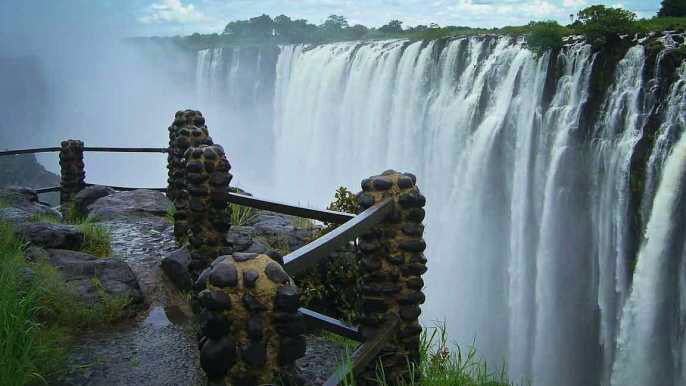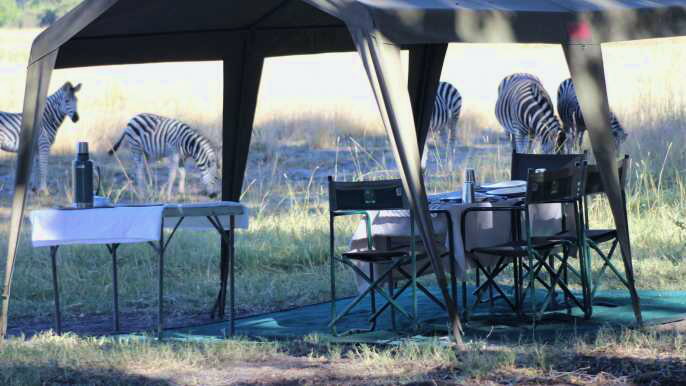Often overlooked by its more famous neighbours, Botswana is one of Africa's most beautiful and remote safari destinations. Wildlife lovers will be blown away by the country's unrivalled natural beauty, from a lush river delta to peaceful rhino sanctuary.
The Kgalagadi Transfrontier Park is another must-visit destination, especially during the rainy season (November to April). Visitors can witness vast herds of zebra - and a plethora of other animals - as they migrate across its endless sand dunes.
The Okavango Delta
The Okavango Delta is one of Botswana's most popular wildlife attractions, and a trip to this UNESCO World Heritage Site is not to be missed. This unique watery landscape is home to a rich concentration of animals, including lions and leopards.
A wide range of activities are available in the Delta, including game drives, walking safaris and motorboat excursions. Mokoro rides (a type of dugout canoe) are also a popular option for exploring the waterways of the Delta.
The wetlands of the Okavango Delta are home to hundreds of birds, including the lilac-breasted roller and hamerkop. Birdwatchers can also spot the Pel's Fishing Owl - a remarkable bird species that flies low over the waters to hunt.
The Makgadikgadi Pans
One of Botswana's most awe-inspiring natural wonders, the Makgadikgadi Pans are a vast network of shimmering salt flats that were once the bed of an ancient super-lake. These shimmering expanses are a one-of-a-kind experience and a must-see on any Botswana wildlife tour.
The dry season provides a sense of remoteness and space while the rainy season transforms the pans into water-filled lakes, drawing huge flocks of flamingos and herds of zebra and wildebeest. This is also the time for birdwatchers to bear witness to some of Africa's largest avian gatherings as thousands of flamingos converge on this breeding site.
The pans also offer unique desert-adapted species, including springbok and meerkats. These are not often seen elsewhere in Africa and a night drive offers a chance to observe them. The absence of light pollution also offers incredible stargazing opportunities.
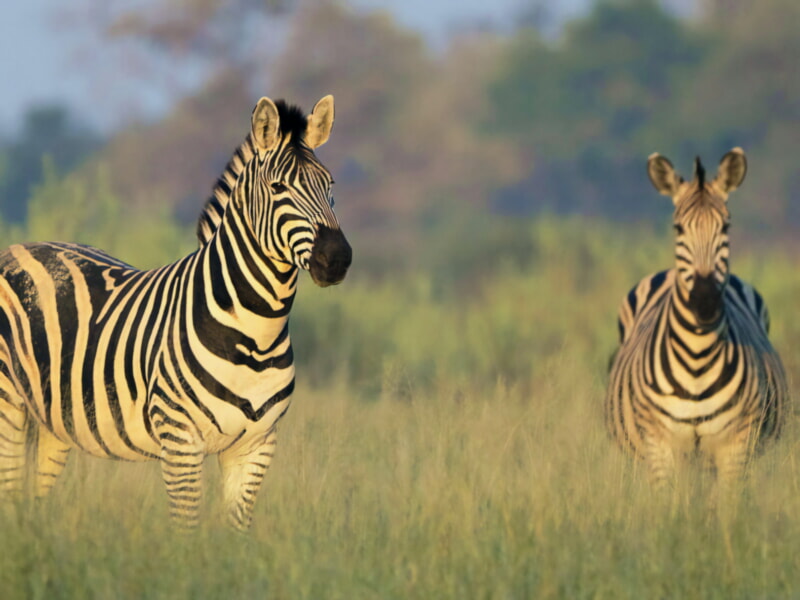
The Nxai Pan National Park
The Nxai Pan National Park is a large reserve located in the northern fringe of the Makgadikgadi basin. It covers an area of 2,578 square kilometres and is made up of the Nxai Pan, Kudiakam Pan, and seven mighty Baines’ Baobabs (the famous group of seven baobab trees).
A major drawcard to this park is the zebra migration which has been recorded as the second largest animal migration in Africa. Once the rains start in December, herds of zebra and wildebeest flood the salt pans, accompanied by a diverse range of grazers such as buffalo, elephant and impala.
The park also contains a number of points of interest such as the ‘old trekking route’, which was used to cut through Ngamiland and Kazungula via Pandamatenga in the 1950s and 1960s before the advent of veterinary control fences. It is also home to an abundance of antelope including springbok, zebra, impala and giraffe.
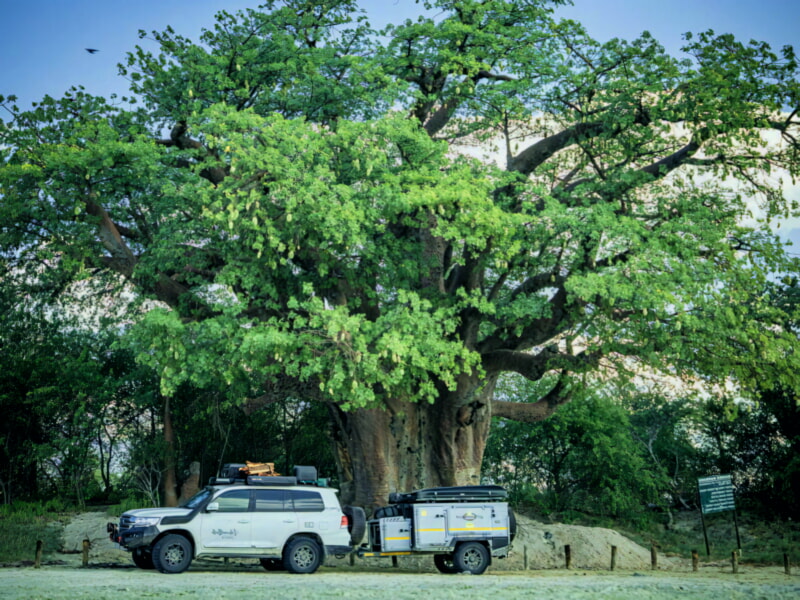
The Linyanti Marshes
The Linyanti Marshes, a private reserve bordering the western boundary of Chobe National Park in the Chobe Enclave, are the only water source for miles around and attract both water-adapted and desert-adapted wildlife.
This remote area is dotted with small tented camps, privately managed on concessions which offer a truly unique experience - secluded tranquillity with no crowds and an opportunity to explore the marshy wilderness in intimate game drives and walking safaris. Guests can also enjoy exclusive activities such as photographic safaris, river cruises, fishing and cultural village visits.
The vast grasslands and savannahs are home to herds of zebra, wildebeest and giraffe while elephant are abundant in the dry seasons. This is also a great area to spot the rare and elusive sitatunga antelope, red lechwe, hippo and crocodile.
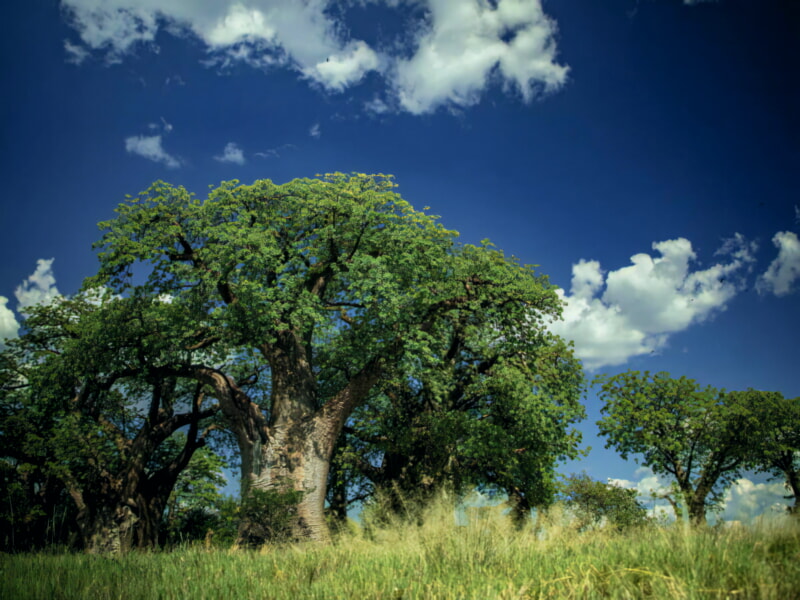
The Chobe National Park
The Chobe National Park is one of Botswana's best wildlife reserves, famous for its huge herds of elephant. It's also a popular destination for birdwatchers, thanks to a wide range of species.
The dry season between May and October is a great time to see large herds of elephant on the Chobe River. During this period you can take a boat safari along the river and see them in their natural habitat.
If you're looking for a unique safari experience, the Chobe National Park is the place to go. This is where you'll find four distinct eco-systems and unrivalled wildlife watching.
